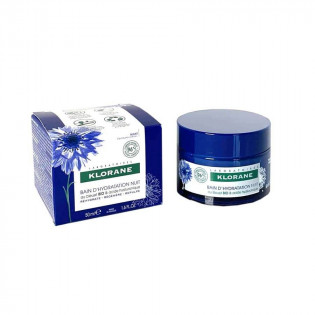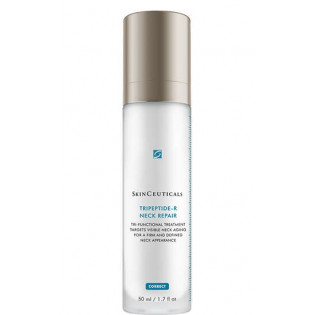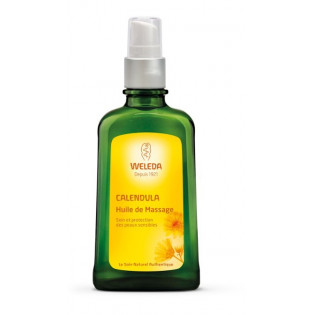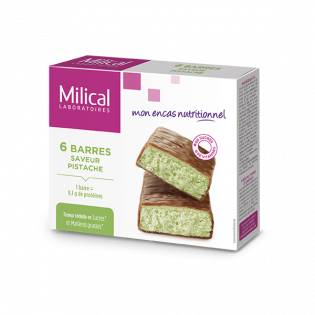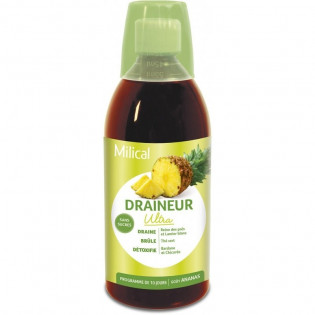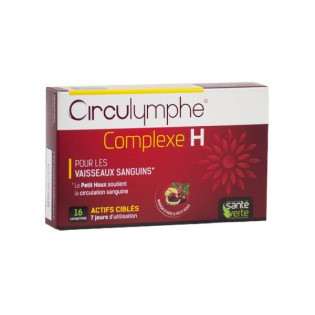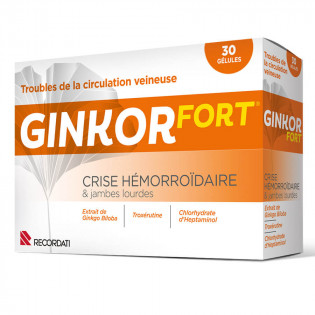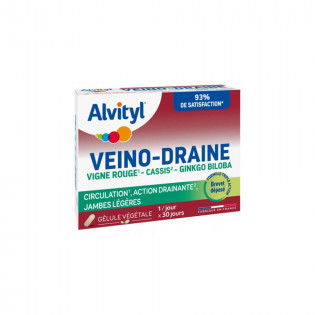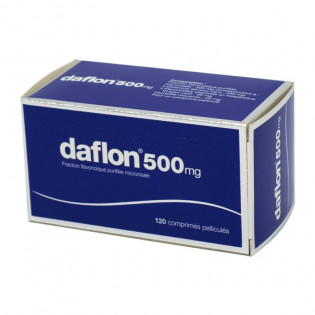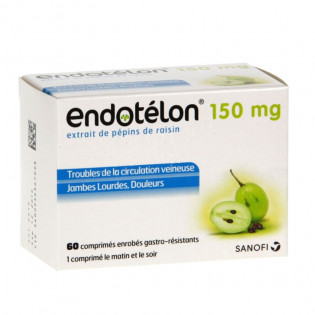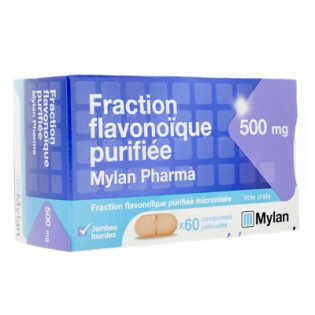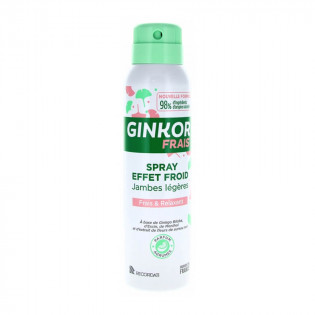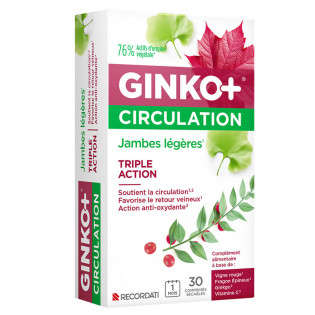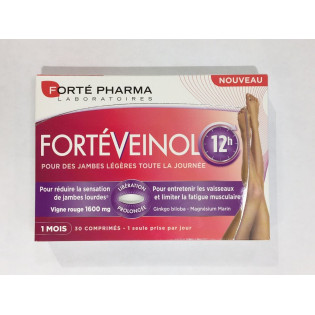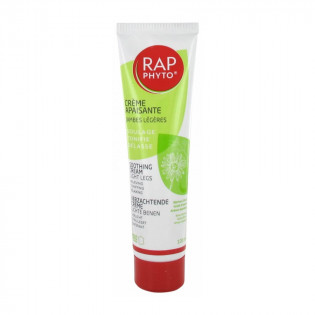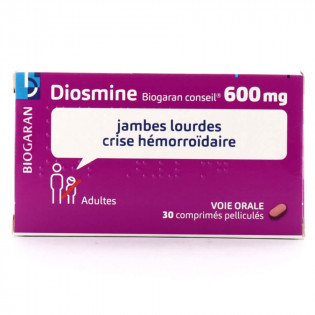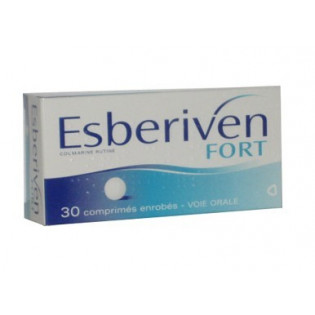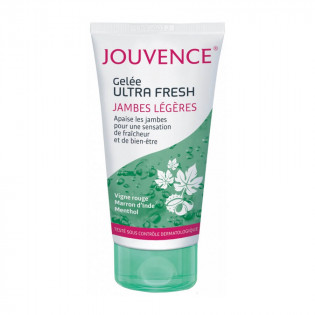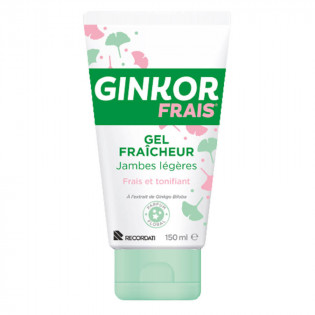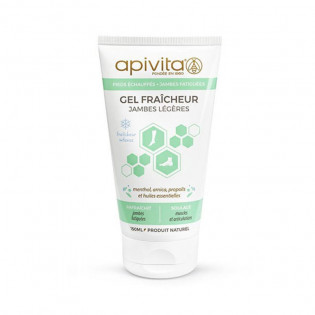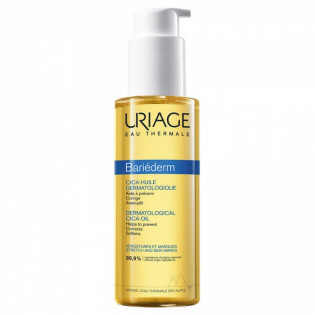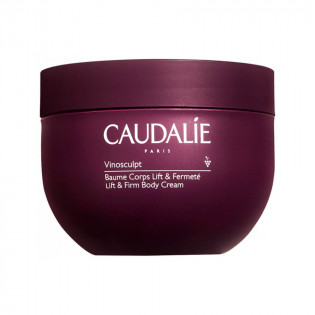Veinotonic and vasculoprotector leading to vasoconstriction, an increase in the resistance of the vessels and a decrease in their permeability.
Various studies, both in animals and in humans, have been conducted to demonstrate these properties:
In animals
Venotonic properties
- Increase in venous pressure in anaesthetised dogs, observed by I.V. route.
Vasculoprotectiveproperties
- Action on capillary permeability, anti-oedematous and anti-inflammatory action in rats,
- Action on the deformability of red blood cells measured by the erythrocyte filtration time,
- Increased capillary resistance in rats and guinea pigs deficient in vitamin P factor,
- Decreased bleeding time in vitamin P-deficient guinea pigs,
- Decreased capillary permeability induced by chloroform, histamine or hyaluronidase.
In humans
Venotonic properties demonstrated in clinical pharmacology
- Increases the vasoconstrictor action of adrenaline, noradrenaline and serotonin on the superficial veins of the hand or on an isolated saphenous vein,
- Increase in venous tone, as evidenced by measurement of venous capacitance using strain gauge plethysmography; decrease in the volume of venous stasis,
- The venoconstrictive effect is dose-related,
- Lowering of mean venous pressure in both the superficial and deep systems, demonstrated in a double-blind, placebo-controlled Doppler trial,
- Increase in systolic and diastolic blood pressure in postoperative orthostatic hypotension,
- Activity in the aftermath of saphenectomy.
Vasculoprotectiveproperties
- Increase in capillary resistance, dose-dependent effect
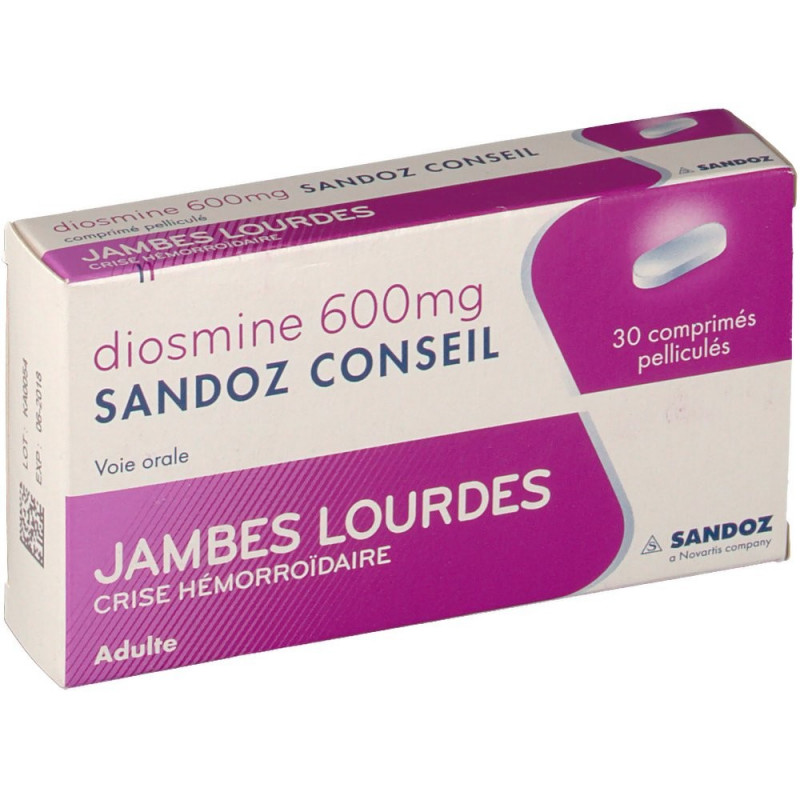
 Français
Français English
English
